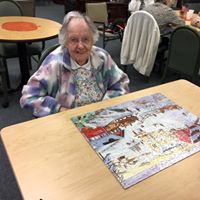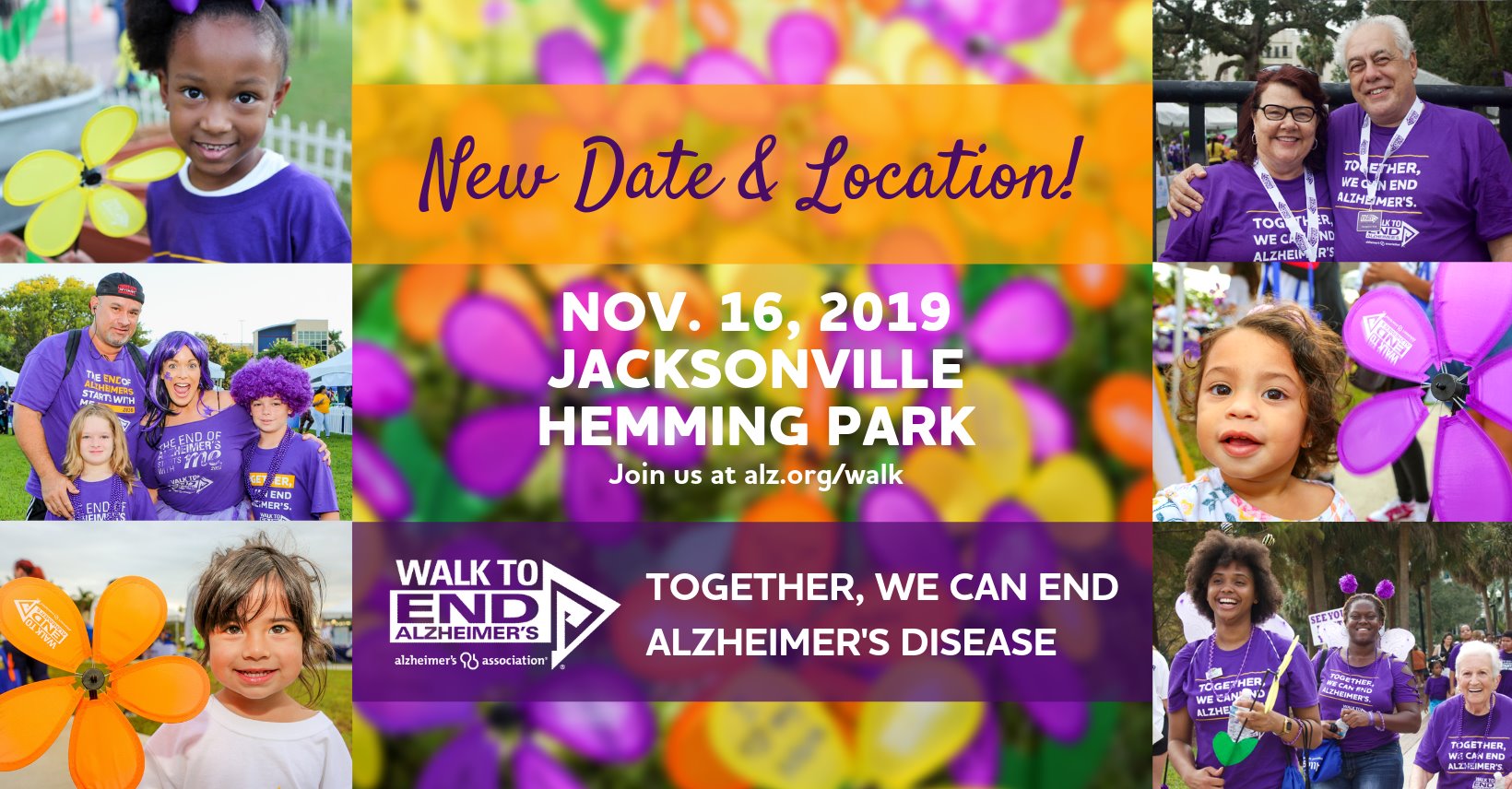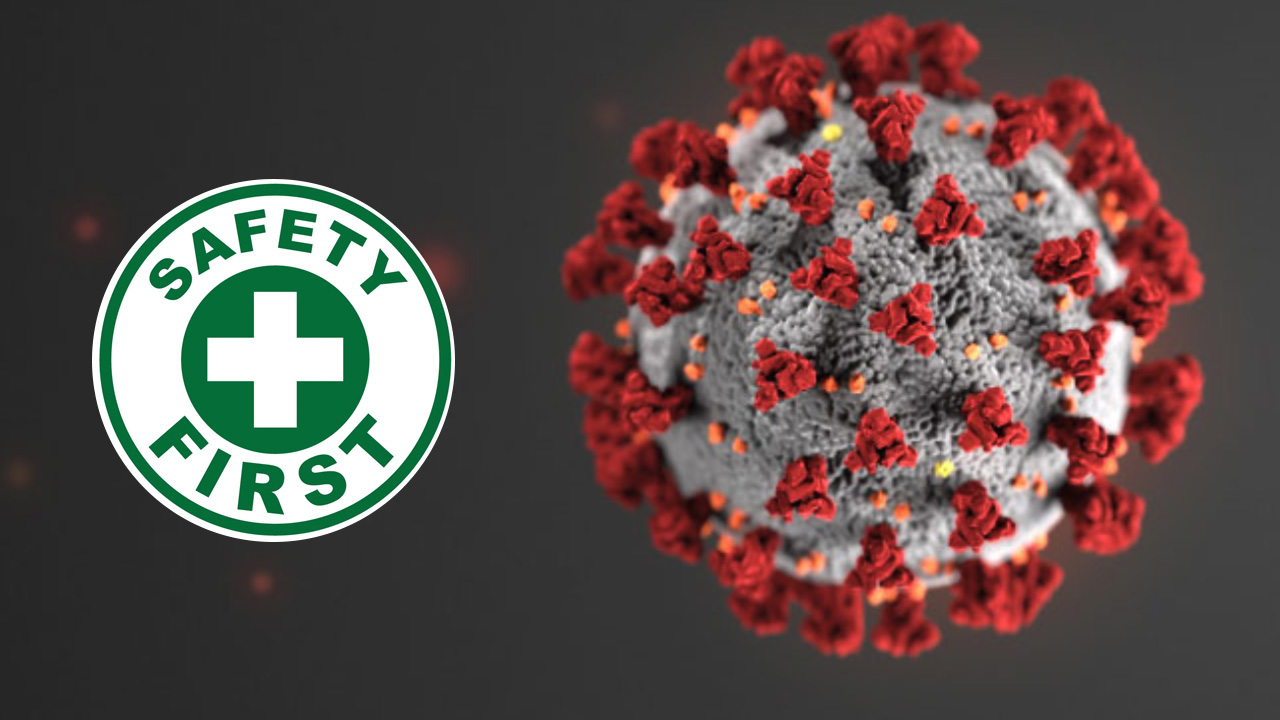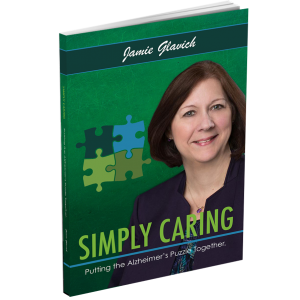
The Pieces
Alzheimer’s is a devastating disease that affects the person with the disease, the family and the community. As has been mentioned, the time to prepare and plan is now before life turns into one crisis after another. The diagnosis is a starting point for you and your loved one. Decide what your loved one wants now when they can share their thoughts and hopes with you. This will make it just a little bit easier when you are further down the road with the disease.
Honoring Choices
The diagnosis brings up so many questions and thoughts that need to be discussed. I offer the Honoring Choices Program as a model to start the discussion. It is an excellent resource for everyone in the family to consult not just for the newly diagnosed person. We should all pre-plan and have our wishes for care in a life-altering situation honored.

Communication
Communication with an Alzheimer’s patient is one of the most difficult challenges you will encounter. It is frustrating for all involved. My best advice is if all other communication fails – start singing and dancing. You will be amazed at the transformation when music and movement is part of the conversation.
Caring for the Caregiver
This is one of the most important puzzle pieces. This could be the four corner pieces of your Alzheimer’s puzzle. There are risks to caregiving such as depression, stress which causes medical issues, illnesses, mood swings, lack of sleep and unhealthy diets. As a caregiver you will experience constant grief. Alzheimer’s has been labeled the longest goodbye. To keep check on your own wellbeing, when you are especially feeling the load of caregiving – H.A.L.T.
- Hungry – eat properly and get the right nutrition
- Angry – frustration or annoyance can expand to full blown anger
- Lonely – you feel you are in this struggle all by yourself
- Tired – you are challenged by fatigue
I highly encourage you to plan for all this by caring for yourself. Let go of perfection and just accept that life doesn’t have to be perfect but you should try to enjoy the special moments when they arise.
Highlights from the book Simply Caring: Putting the Alzheimer’s Puzzle Together by Almost Home CEO Jamie Glavich. View more at Simplycaringbook.com.



 Why I Walk to End Alzheimer’s
Why I Walk to End Alzheimer’s







